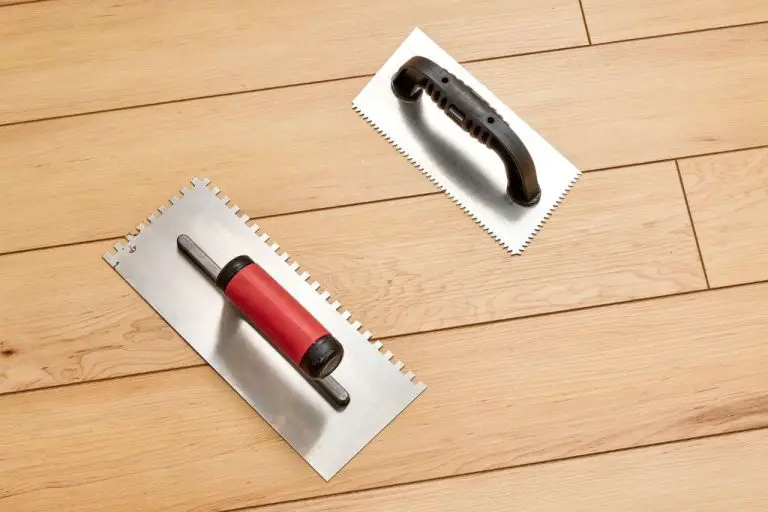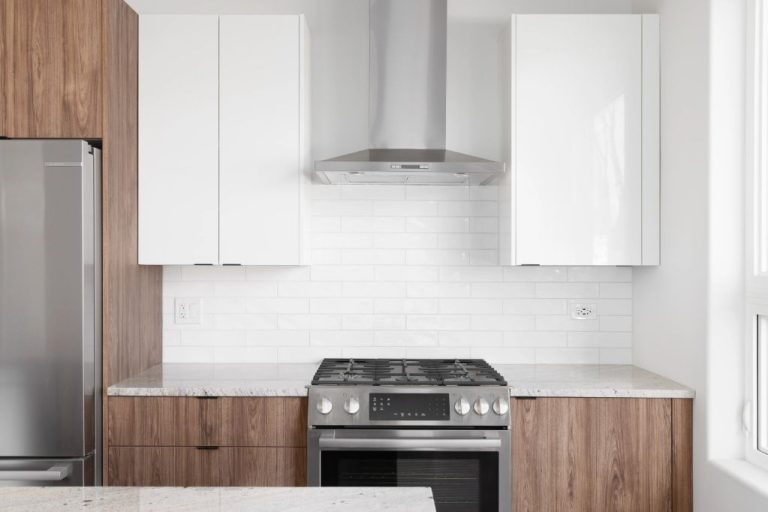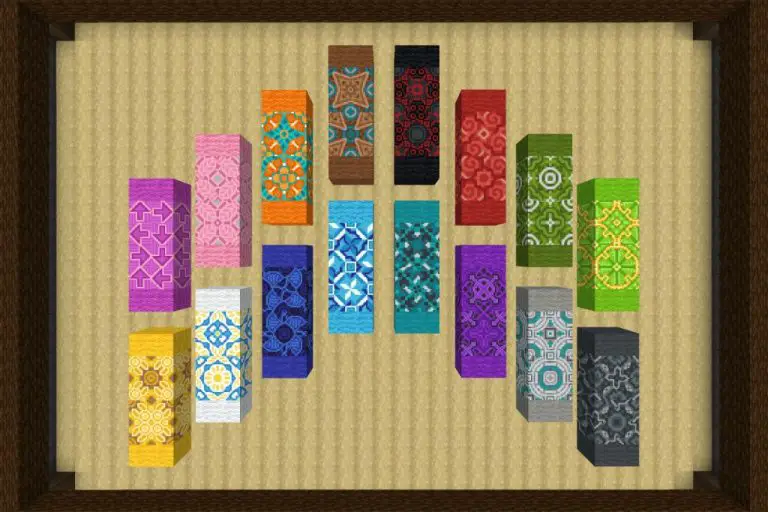Can You Make Clay Without Cream Of Tartar?
Cream of tartar is commonly used in clay recipes as a hardening agent. It helps the clay set up and dry into a firm, durable material. However, cream of tartar can be expensive or difficult to find in some areas. For this reason, many clay enthusiasts look for alternative recipes and methods to harden air-dry clay without using cream of tartar.
In this article, we’ll explore if and how you can make clay at home without cream of tartar. We’ll look at substitutes and recipes that create strong, hardenable clay using more accessible ingredients.
What is Cream of Tartar?
Cream of tartar, also known as potassium bitartrate, is a white, powdery acidic byproduct of winemaking. During the fermentation process, tartaric acid in the grape juice reacts with potassium to form crystals that are filtered out and purified into the fine powder known as cream of tartar.
In baking and candy making, cream of tartar is frequently used as a stabilizing and hardening agent. When cream of tartar is combined with baking soda, it produces carbon dioxide bubbles that help baked goods rise. It also strengthens the gluten network, leading to firmer dough that holds its shape better. Additionally, cream of tartar lowers the gelatinization temperature of starches, allowing products like playdough to harden faster.
Can You Make Clay Without It?
Yes, it is possible to make clay without using cream of tartar. However, you may need to use a substitute hardening agent to achieve the desired firmness and texture.
Cream of tartar is commonly added to clay recipes as a hardener. It reacts with the clay to strengthen it and prevent sagging or drooping when sculpting detailed shapes. Without a hardener, homemade clay can end up quite soft and fragile.
While your clay will form just fine without cream of tartar, the finished pieces are unlikely to hold their shape as well. The clay may also be more prone to fingerprints, indentations, and other marks during sculpting and handling. Testing small batches is recommended to ensure the clay has adequate firmness for your particular projects.
Substitute Hardeners
There are a few ingredients you can use in place of cream of tartar to harden air-dry clay:
Salt
Salt is an excellent hardener for clay. It strengthens the clay and speeds up drying time. The downside is that too much salt can make the clay brittle. Use a ratio of 1 teaspoon salt per 1 cup of clay.
Cornstarch
Cornstarch is an effective hardener that makes clay smooth and flexible. However, it takes longer to fully dry the clay. Use 1-2 tablespoons of cornstarch per cup of clay.
Baking Soda
Baking soda hardens clay well, but will leave behind a powdery texture. It works best when combined with glue. Use 1 teaspoon baking soda per cup of clay.
White Glue
White glue hardens clay and makes it more durable. Too much glue can make clay sticky. Use 1 tablespoon glue per 1 cup of clay.
Recipes Without Cream of Tartar
There are plenty of clay recipes that don’t require cream of tartar as a hardener. Here are a few popular options:
Basic 2-Ingredient Clay
This easy recipe only requires 2 ingredients:
- 1 cup plain flour
- 1/2 cup salt
Mix the ingredients together and knead well. Store in an airtight container. The clay may be a bit sticky, so you may need to bake creations made with this recipe to fully harden them.
Flour and Water Clay
Another simple flour-based recipe:
- 2 cups flour
- 1 cup water
Mix and knead the ingredients to form a dough. Adjust water amounts as needed. Air dry creations thoroughly or bake to harden.
3-Ingredient Clay
For a smoother clay, use:
- 1 cup flour
- 1/2 cup salt
- 1 tablespoon vegetable oil
The oil helps create a more malleable and less sticky clay. Knead well and store in an airtight container.
Tips for Hardening Clay
Kneading the clay thoroughly helps remove air bubbles and creates a smoother, denser material. Take care not to overwork the clay, as this can make it dry and crumbly.
Allowing the finished clay piece to cure fully is crucial for hardening. Let it air dry for 24-48 hours to allow moisture to evaporate completely. Avoid drying too quickly near heat sources.
Proper storage is key to prevent clay from reabsorbing moisture. Keep unused clay in an airtight container or wrapped tightly in plastic wrap. Store in a cool, dry area out of direct sunlight.
Projects Best Suited Without Cream of Tartar
When making homemade clay without cream of tartar, the best projects will be items that do not require a high level of fine detail. The clay will still harden, but may remain slightly flexible or prone to indentations. Some good beginner projects include:
- Simple shapes like balls or cubes for games and counting activities
- Basic jewelry like chunky beads or pendants
- Magnets made by pressing clay around a magnet
- Boxes, bowls, and containers
- Decorative garden stones
- Ornaments, wall plaques, or holiday decor
The finished clay projects will not have the same smooth, hard finish as polymer or ceramic clays. But they can still be brightly painted and make wonderful homemade play dough or air dry creations. Less structural items are ideal when skipping the cream of tartar hardener.
Storing and Handling
Proper storage and handling is important for maintaining the usability of homemade clay. Here are some tips:
Seal well – Make sure clay is tightly sealed in an airtight container or bag. This prevents it from drying out.
Keep cool/dry – Store clay in a cool, dry place. Avoid temperature extremes and moisture which can impact clay consistency.
Soften with water/glycerin – If clay becomes too firm or dry, knead in some water or glycerin to restore flexibility. Start with small amounts and work thoroughly.
Following basic storage guidelines will help homemade clay stay smooth, flexible, and ready to use for arts and crafts projects.
Troubleshooting Clay Without Cream of Tartar
Even when following recipes without cream of tartar, you may still run into some issues when working with homemade clay. Here are some common problems and how to fix them:
Cracking or Crumbling Clay
If your clay is cracking or crumbling as it dries, the most likely culprit is that the clay contains too little moisture. Try adding a teaspoon of water at a time and kneading it in until the clay becomes smooth and pliable again.
Sticky Clay
Sticky clay is a sign that the mixture contains too much moisture. To fix this, let the clay sit uncovered to slowly air dry. Kneading in a bit more flour or cornstarch will also absorb excess moisture.
Improper Curing
Air dry clay needs to cure completely before baking or painting. Leave clay pieces out to air dry for 24-48 hours. Then bake at the recommended temperature and duration. Insufficient curing and baking can lead to weak, brittle finished products.
Following proper kneading, drying, and curing methods will help avoid many issues with clay made without cream of tartar. Adjust moisture levels and baking times as needed for your specific recipe and climate.
Conclusion
As we’ve seen, cream of tartar is commonly used in clay and dough recipes to increase hardness. However, there are several ways to make clay without using cream of tartar.
Substitutes like vinegar, lemon juice or cornstarch can help harden clay in place of cream of tartar. You may need to experiment with the amounts to get the ideal texture. Recipes without cream of tartar may require extra kneading or drying time too.
While cream of tartar makes the process easier, with patience you can absolutely create homemade clay projects without it. Adjustments to steps like drying and baking will help clay harden fully. Storing unfinished clay in an airtight container will maintain pliability.
With creativity and care, cream of tartar can be omitted from clay. Try out some substitutions and techniques for hardening clay without cream of tartar and enjoy crafting unique DIY projects.





